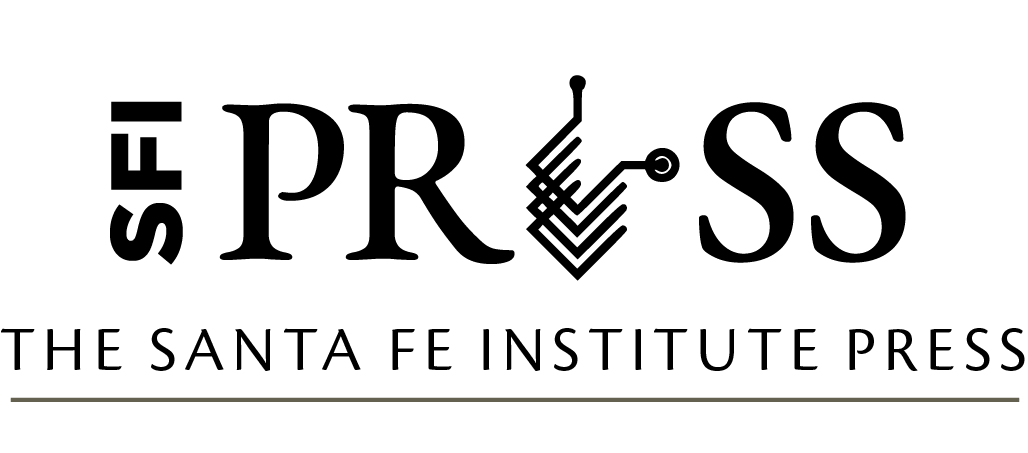History, Big History, & Metahistory
DOI: 10.37911/9781947864023.07
7. Homogeneity, Heterogeneity, Pigs & Pandas in Human History
Author: J. R. McNeill, Georgetown University
Excerpt
Historians are curious creatures. We believe nowadays in the uniqueness of events, so much so that notions of regularity, pattern, and system have become inherently suspect. Sometimes efforts to see these in the human past are deemed evidence of some nefarious political inclination toward domination or imperialism. Thus we ordinarily leave the very big picture to others, such as journalists, sociologists, or even biologists, such as Jared Diamond [6]. Their work offers a challenge from which historians usually shrink, although that charge cannot be leveled at David Christian [3], who has recently sought to find regular patterns not only in human history, but throughout the history of the Universe. In this chapter, I offer two different attempts to identify big patterns, regularity, and system in human history. The first concerns a proposed pattern in the evolution of differentiation and integration in human culture, or, as I put it, using terms for the conditions rather than the processes, heterogeneity and homogeneity. The second considers analogies between animal species and human societies.
On Heterogeneity and Homogeneity
In the final pages of The Human Web [9], I briefly observed that human history seems to be a progression from simple sameness to heterogeneity to complex sameness. Here is a fuller version of that thought. Whenever it was that Homo sapiens sapiens first appeared (let us say 200,000 BP), our cultural diversity was minimal. Matters of diet, dress, belief, technology, and so forth were (presumably) very similar because people were very few, they all lived in East Africa, and faced approximately the same set of ecological and social challenges. This remained the case for a long time, perhaps 100,000 years, although it is prudent to assume (and perhaps there is archaeological evidence for this) some growing diversity among human groups as they spread into different parts of Africa.
With the exodus from Africa beginning roughly 100,000 BP, the range of environments people inhabited, and adjusted to, grew faster: from Ice Age Siberia to southernmost Australia. Tool kits evolved and diverged; some people took to the sea; intertidal zones and fishing became important in places. Wide diversity emerged in diet and dress. In belief, too: the emergence of human burials (which probably preceded the exodus from Africa) implies supernatural belief, and the range of burial practices (grave goods, body positioning, etc.) suggests wide diversity. As people spread out over the earth, some of them, on the edges of the occupied zone, became isolated and more likely to pursue culturally eccentric practices. The original Tasmanians, for example, lost contact with all other humans when sea levels rose at the end of the last Ice Age. More recently, Easter Islanders apparently became cut off from the rest of humankind soon after their first arrival (perhaps AD 400) until Easter Sunday 1722, when a Dutch ship captain happened upon them.
References
[1] Ambrose, Stanley H. “Late Pleistocene Human Population Bottlenecks, Volcanic Winter, and Differentiation of Modern Humans.” Journal of Human Evolution 34 (6) (1998): 623–651.
[2] Campbell, Lyle. American Indian languages: The Historical Linguistics of Native America. New York: Oxford University Press, 1997.
[3] Christian, David. Maps of Time. Berkeley, CA: University of California Press, 2005.
[4] Cochran, Gregory, and Henry Harpending. The 10,000 Year Explosion: How Civilization Accelerated Human Evolution. New York: Basic Books, 2009.
[5] Crystal, David. Language Death. Cambridge, MA: Cambridge University Press, 2000.
[6] Diamond, Jared. Guns, Germs and Steel. New York: Norton, 1997.
[7] Fukuyama, Francis. The End of History and the Last Man. New York: Free Press, 1992.
[8] Harrison, K. David. When Languages Die: The Extinction of the World’s Languages and the Erosion of Human Knowledge. New York and Oxford: Oxford University Press, 2007.
[9] McNeill, J.R., and William H. McNeill. The Human Web. New York: Norton, 2003.
[10] Nettle, Daniel, and Suzanne Romaine. Vanishing Voices: The Extinction of the World’s Languages. New York: Oxford University Press, 2002.
[11] Swaminathan, Nikhil. “African Adaptation to Digesting Milk is ‘Strongest Signal of Selection Ever,’” Scientific American (2006). http://www.sciam.com/article.cfm?id=african-adaptation-to-dig&sc=I100322
[12] Radcliffe-Brown, A.R. Structure and Function in Primitive Society: Essays and Addresses. New York, The Free Press, 1965.
[13] Watson, Adam. The Evolution of International Society. London: Routledge, 1992.
